What are Crypto Collectibles?
Coin collectors say "A coin is not worth anything unless it is rare". Rareness means low production: not a lot of people can collect it. Suppose we could define the money supply as the number of coins in circulation times their price. So if it were a dollar bill, it would equal $1 times $1,000, and if it were a nickel, it would equal 1/100th of a nickel.
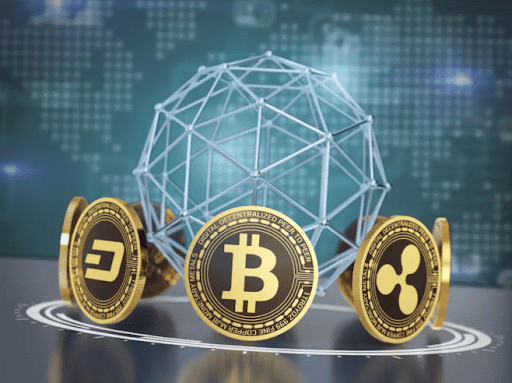
Now suppose we could measure production, not by the number of coins produced, but by the number of coins in circulation times their price. So if it were a dollar bill, it would equal $1,000 times $1000, and if it were a nickel, it would equal 1/100th of a nickel.
So now we know two things:
- A coin is not worth anything unless it is rare.
- Low production = low price.
So what does this mean for Crypto Collectibles? It means you can think of the Crypto Collectibles market as the supply of Crypto Collectibles times their price. That's interesting because Crypto Collectibles are themselves a kind of "virtual" commodity. So if we measure their supply by the number in circulation times their price, just like for physical commodities, we can figure out their scarcity.
The scarcity measure is:
- Number of Crypto Collectibles in circulation times their price
- Number of Crypto Collectibles in circulation times 2/3 of their price.
That's really, really low. So we can guess that Crypto Collectibles are scarce.
If you want to collect something, you have to decide for yourself how valuable it is
What's the point of collecting things if no one else wants to buy them? Why does someone collect stamps? Collectible stamps are real stamps that were issued by a government agency, but people buy them because they are collectible.
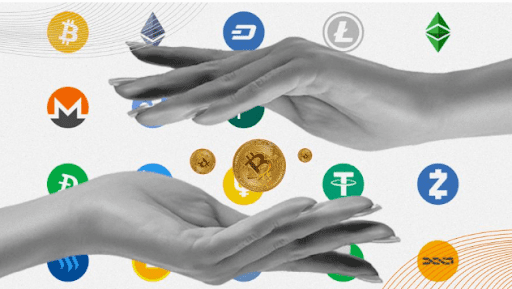
If you want to collect something, you have to decide for yourself how valuable it is. And, of course, you have to know that other people think that way. Some collectibles are valuable because they are rare. Others appreciate value over time. Another way to collect is to earn it. You can collect money, and if you have the know-how, you can earn money by issuing your own money.
- A currency is a store of value. It is something people are willing to hold because other people are willing to hold it.
- A currency must be liquid. It must be easy to buy and sell. You can buy and sell almost anything for money, but if you can't find someone willing to buy what you have, you can't sell it.
- A currency must be divisible. You need to be able to divide it into smaller and smaller pieces, like quarters or pennies, or dollar bills.
- A currency must be durable. It must be something you can hold on to for a long time, like gold coins or paper bills.
- A currency must be scarce. You need only a small amount of it to buy almost anything.
- A currency must be divisible into small enough pieces that most people can hold.
- A currency must be durable. You can hold gold coins or paper bills for a long time.
- A currency must be scarce. A normal-sized gold coin is heavy. You need only a few gold coins to buy almost anything.
- A currency must be divisible into small enough pieces that most people can hold.
- A currency must be durable. You can hold paper bills for a long time.
- A currency must be scarce
Crypto Collectibles are the new wave of digital assets, when will Blockchain technology make them mainstream?
The Blockchain is the most successful application of cryptography ever, and early adopters are betting it will transform the global economy. "The Blockchain is a technology that makes trust possible where it was impossible before. It lets people trade assets with one another without trusting each other.
Think of it this way: if you take a piece of paper, stamp it, and put it in a locked box, then someone can take that paper and stamp it and put it in a locked box too. At this point, those pieces of paper are just pieces of paper. But if they each had a unique ID like the blockchain, then they could be traded. You could trade ownership of those pieces of paper with other people. That is exactly what the Blockchain does. Instead of pieces of paper, it lets you trade ownership of digital assets.
But the real power of the Blockchain is that it lets us trade ownership of anything. That means that, just as paper money was a revolutionary technology that allowed people to trade tangible assets, digital assets are a revolutionary technology that makes tangible assets possible. The Blockchain lets people trade ownership of anything. And not just anything. We can trade ownership of anything that can be represented with a number.
Documents are a good example. They are tangible, but there is no way to represent them digitally. So they are lost on digital devices. But on the Blockchain, we can represent documents as numbers. They are just numbers, but they have captured value.
Crypto Collectibles Overview: CryptoDragons
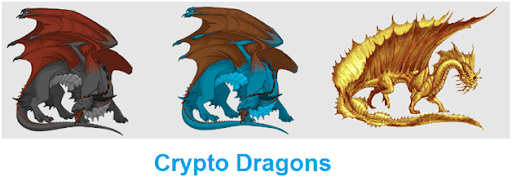
CryptoDragons is a blockchain-based virtual game that allows users to collect digital animals. The animals, called CryptoDragons, can then be sold or bred with others to create a new generation of CryptoDragons. Each new generation of CryptoDragons is more valuable than the last--the gains in value are said to be "tracked" by the blockchain (i.e., the owner will know how much his pet rose in value during its lifetime).
Crypto Collectibles Overview: CryptoKitties
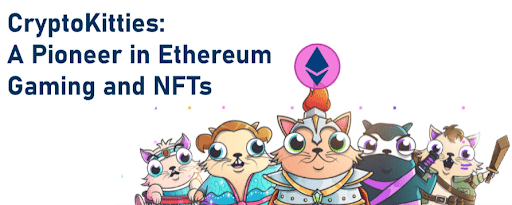
CryptoKitties is a game built on the Ethereum Network. CryptoKitties allows users to “collect” cats, which are represented as cryptographic non-fungible tokens (NFTs) e.g. ERC-721 tokens. Since the game's launch in late 2017 users have made over $200 million worth of CryptoKitties transactions through regular purchases, breedings, and even third party sales, with some CryptoKitties being sold for hundreds of thousands of dollars.
Crypto Collectibles Overview: CryptoPuppies
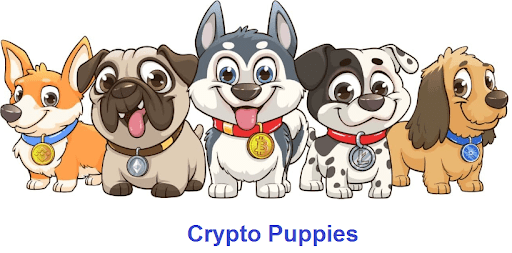
CryptoPuppies are collectible game assets. They are like Pokemon cards but virtual. The game is like the Beanie Babies for millennials. You can purchase, sell and breed CryptoPuppies to make money. There are three values of CryptoPuppies. The first is the type (example: rare, very rare). The second value is the generation (example 1st generation, 5th generation). The last value is determined by how your CryptoPuppies are bred.
How can the Metaverse protocol help power these games?
The Metaverse protocol provides a way for virtual worlds to be created and populated by ordinary users like you and me. The Metaverse protocol does this by making it possible to create virtual objects, called NFTs, and to connect them to the real world with digital tokens that, depending on how they are used, become money.
Virtual worlds, as you might have guessed, are a lot like the real world, but on computers. You can move around, you can talk to people, you can buy and sell things, you can meet people, and so on. But unlike the real world, you are never limited by the laws of physics. You can fly, or walk through walls. You can make things like books that other people can see.
Virtual worlds have been around for a long time, and there are many different virtual worlds, some based on games and some based on property or corporations, or politics. Most of the virtual worlds that aren't controlled by large corporations are relatively boring. If you want to do anything interesting, you have to make your world.
The Metaverse protocol makes it possible to create virtual worlds, and then connect them. If you think of virtual worlds as domains, the Metaverse protocol is a permissionless way for different domains to interact.
As a user, you create a virtual world. You create virtual objects that people can use, for example, to play games. And you create digital tokens, called NFTs, that people use in the real world to buy stuff in your virtual world.
The NFTs become money in the real world because they are scarce and because you can use them to buy real-world objects. If you have enough of them, you can make things that cost money. The Metaverse protocol is based on blockchain technology, which is the technology used to make Bitcoin.
Thank you for being a Ghacks reader. The post Experimenting the NFT Game – Global brands and the Metaverse Case Study: Crypto Collectibles appeared first on gHacks Technology News.

0 Commentaires